Frustrating but Fixable Causes of Long Patient Wait Times
Many factors lead to longer wait times. Practices must know how their end affects how long patients wait. And it’s helpful for patients to understand these so they’re aware of how many things can contribute to even short wait times.

Have you ever been to the healthcare office and felt like you spent more time waiting than you were actually with the doctor? This makes for a frustrating experience. Not only does it seem like we spend little time receiving the care that we came for, but we end up feeling although we wasted our entire day.
The average wait time for an appointment is 18 minutes and 13 seconds. Before too long, we start wondering…
- What’s the holdup?
- Where’s the doctor?
- Why am I still sitting here?
- Did they forget about me?
It isn’t that simple since many factors can lead to longer wait times. Practices must know how their end affects how long patients wait. And it’s helpful for patients to understand these so they’re aware of how many things can contribute to even short wait times.
Poorly Trained Staff
I’m sure we’ve all had an experience with a business where we recognize that an employee lacks training. It could be a server struggling to balance all of the tables at a restaurant or a cashier who doesn’t know how to do a return at a local department store.
The reality is that it just takes practice for new employees to hone in their skills. But we still notice when they aren’t fully trained since everything starts slowing down.
This is the same at a medical practice. When staff members don’t have good training, they’ll struggle to do things quickly. Hopefully, they’ll get better over time and become more efficient as they do the same processes repeatedly. But in the meantime, it’s going to slow the entire office down.

Patients are likely to get frustrated, and some will switch after just one bad experience. But if the staff is well-trained, they will be more efficient when dealing with patients and if anything disrupts processes. They should receive full training before they begin working on their own, just in case they are unsure of how to do something.
Shadowing will make them more comfortable, and it helps them understand all processes. Practice sessions and quizzes can prove if they’re ready to manage tasks alone and it determines any areas they still need help with. All employees should also receive training on any new systems since technology changes so much.
Overscheduling
When there are too many people visiting the doctor at once, you can expect long patient wait times. After all, there are fewer doctors than patients. The more people that doctors have to see in a short period, the more likely they are to get behind schedule.
Some patients need more attention, making their appointments take longer. So when practice staff accidentally over schedules, it doesn’t allow enough time to attend to these patients. But this isn’t just a problem with long waiting times. Overscheduled doctors are also more likely to make mistakes because they worry more about how backed up they are rather than the patient they’re currently seeing.
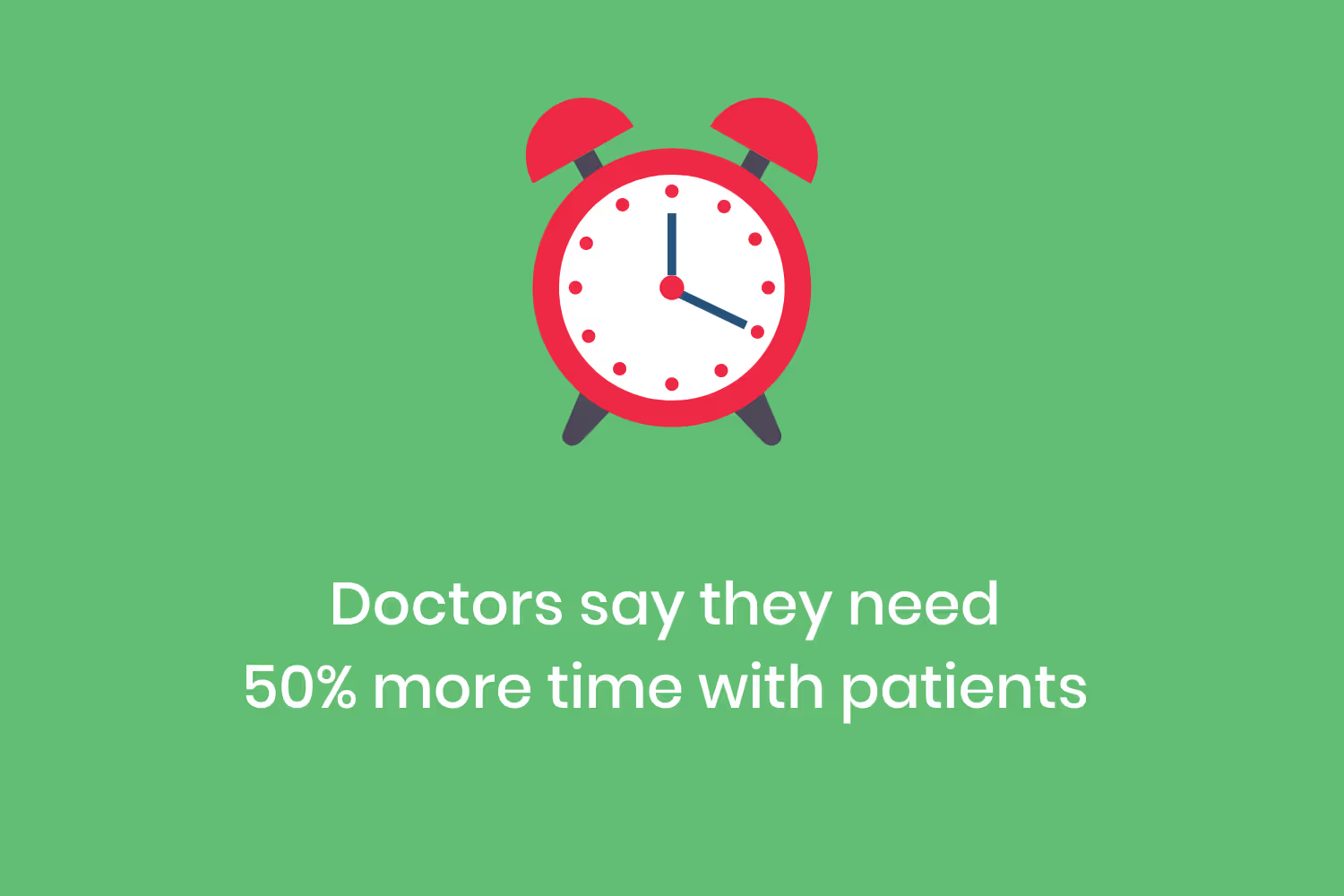
This is part of why we feel rushed through an exam. It’s not that the doctor doesn’t care; they just know they have too many people to see, not to mention their administrative tasks.
One-third of doctors say they need 50% more time with patients. If they only had as many patients as they could handle, they’d spend more quality time with each person to address all of their needs.
Effective scheduling reduces wait times so that this overscheduling doesn’t occur, and doctors won’t feel overwhelmed.
Late Arrival
The staff isn’t always at fault for long wait times. When patients show up late or not at all, things will slow down. The longer it takes for a patient to show up, the longer it will take for them to see the doctor.
Maybe they forgot or couldn’t find a ride to get them to the office. Nonetheless, the result is that staff might skip over people if they aren’t there on time or cancel their appointment altogether. Then these late patients will have to wait for the doctor to finish up with the person who was on time. Or, they’ll have to reschedule their appointment.
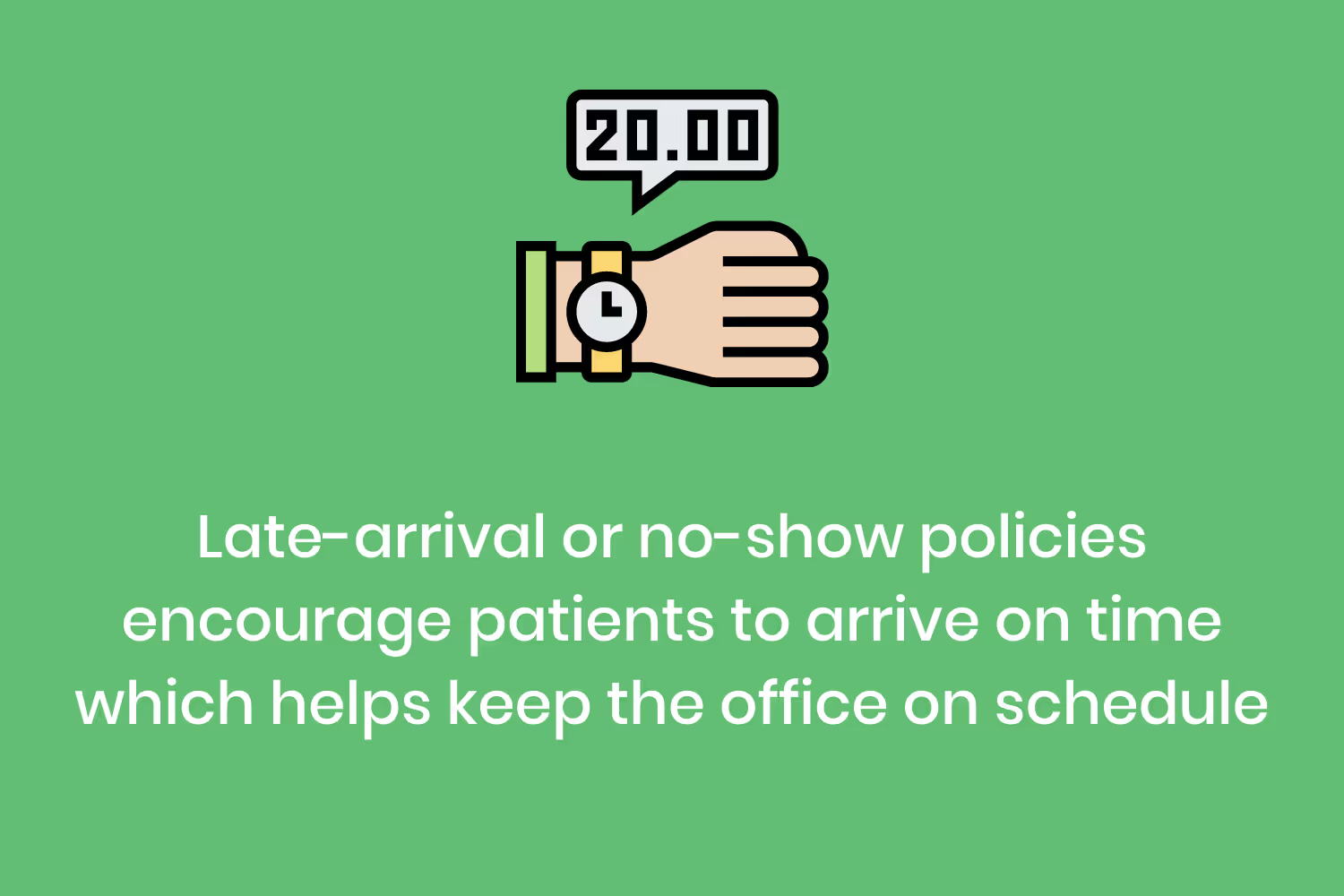
Most practices will give a late patient an allotted amount of time before they move on to the next appointment.
As an example, UNC Health Care’s policy states that a patient has a 15-minute window to arrive at their appointment late. If an individual doesn’t make it within that time then they’ll have no choice but to reschedule.

Even with a time limit, it adds up and may cause subsequent appointments to get pushed back. The later someone is, the longer that wait time could become for everyone - the person who is late, other patients, and staff.
This is why a lot of organizations develop late-arrival or no-show policies. Communicating these to clients will encourage them to be on time and limit how often people show up late. Enforcing the policies ensures that these instances aren’t frequent.
Slow Check-In
Even when people are on time, getting them back to the exam room could still be a slow process. Checking in at the front desk is the first thing that patients do when they arrive. This lets the doctor know that the patient is ready for their appointment.
But in instances where checking in takes more time, it takes longer to inform the doctor. The patient might also need to fill out paperwork or update information, and until they complete this they won’t head back for the visit.
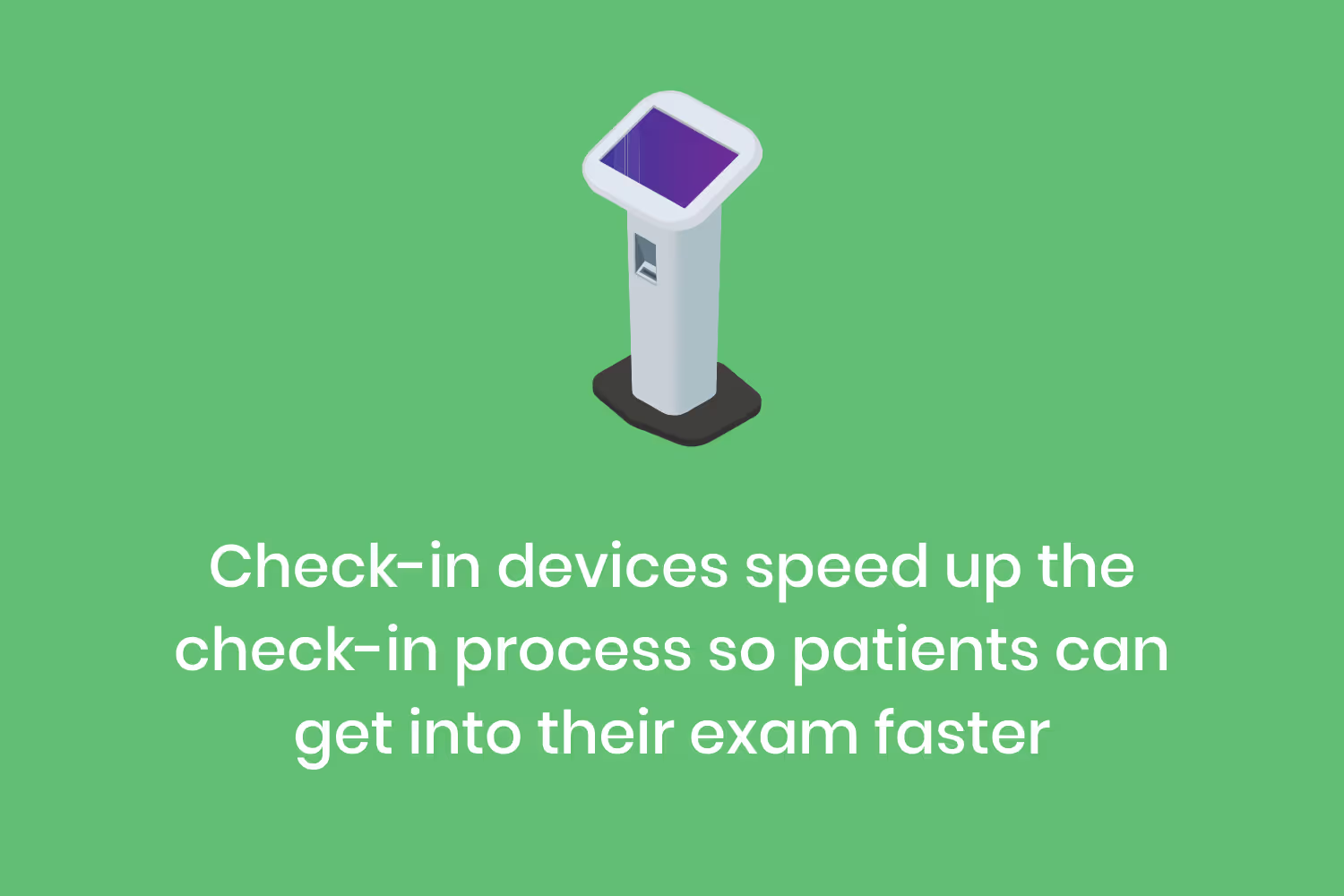
If the office can streamline their check-in processes to get people into the exam room faster, everything gets more streamlined. Luckily, there are technologies to help with this, such as check-in kiosks. Devices equipped with check-in apps make it so patients don’t need to wait for an available staff member. This way, more people can check in at once.
Busy Times
There are some instances where it’s almost inevitable that patient wait times will be longer. Certain parts of the day are busier when they line up with work schedules and clients have more availability, such as around lunchtime. But when more clients are in the office, things are more likely to slow down.
The front-end staff has to handle more check-ins, paperwork, and scheduling follow-up visits. Doctors will have more people to see, some of which might need more care. Not to mention that during some of these times, there’s less staff.

When employees take their lunch break, wait times could be longer since there isn’t as much staff to handle the rush. While they need to care for individuals already in the office, they also might have more phone calls from people trying to schedule future appointments during their lunch breaks.
It’s a recipe for getting behind if there are less staff and more volume at the same time. These are the times that practices especially don’t want to slow down. When patients make their appointments during their lunch breaks, they’ll be in a hurry to get back to work or school.
The office should always have a full staff, even during lunch breaks. They can stagger breaks so that there are constantly enough employees to deal with any appointment or phone call rushes.
Opening up more visit times outside of work hours can help spread out the rush. If there are appointment times available some days early in the morning or into the evening, patients can come before or after work. Some practices close for a weekday and stay open on Saturdays so that their patients can easily make it in despite working full time during the week.
Emergencies
I already mentioned this but it bears repeating, some patients need more attention.
Emergencies require a bigger team of medical professionals to tend to the patient. This could slow down care for others, but when it’s a matter of life or death for one patient, the professionals will risk having their other patients wait. This instance is more common at a hospital, not a routine doctor’s visit.
If you think about going to the emergency room, you might expect a professional to see you almost immediately. But unfortunately, that’s not the case.
Emergency waiting times average about 40 minutes, even though these wait times have decreased in the last decade.
If someone’s in the hospital it indicates their condition may be serious. But some conditions take priority over others. For example, someone with internal bleeding from a car accident will need quicker care than someone who needs stitches from a finger cut.
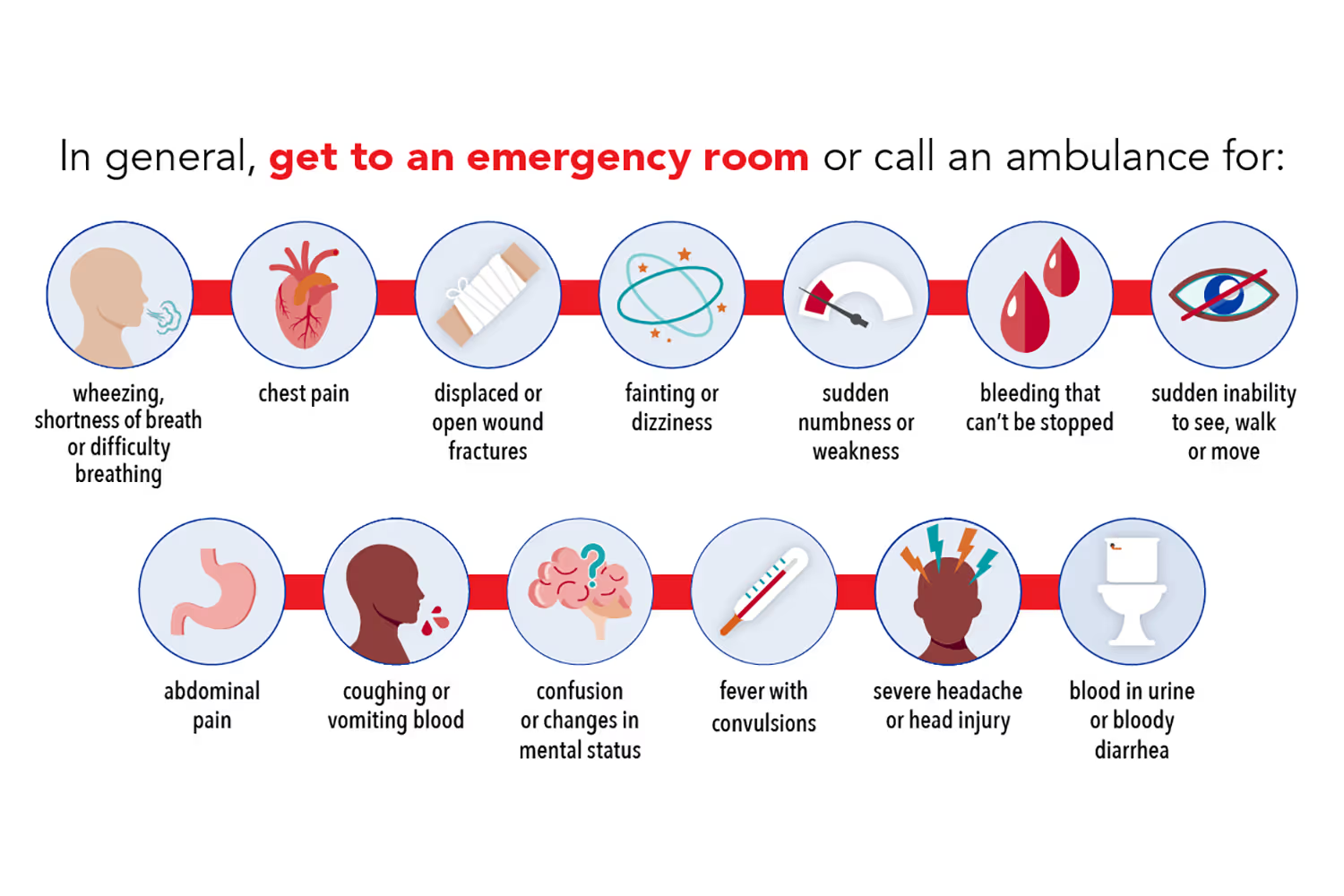
Patients might feel like they’re waiting forever because no one wants to be at the hospital in the first place. It doesn’t help that most hospitals have poorly designed waiting rooms.
Clients want to see a doctor, get a diagnosis, see a treatment plan, and be on their way. The longer it takes to go through that process, the higher the chance people start to wonder what’s possibly taking so long. Eventually, they’ll start to think that the staff and organization must be inefficient or not care about their clients.
But in reality, they may be caring for the most severe patients to save their lives. Of course, the staff can’t tell those sitting in your waiting room the details about the delay unless they wanted to also face a HIPAA violation for talking about patient names. This all makes it inconvenient, but if they were the individual in need of emergency attention, they’d also want that extra effort and care.
Facility Closures
There are a lot of different reasons that facilities close. The staff could be on holiday time or the office might be having renovations to better accommodate their patients. Or worse, a ransomware attack forced them into downtime or they experienced a health outbreak so they closed to mitigate risks.
Whatever the reason may be, these closures contribute to wait times. The office will see more patients following the closures because of appointments that they would have had during that time. While the office is trying to keep up with seeing more patients in less time, they could get behind.
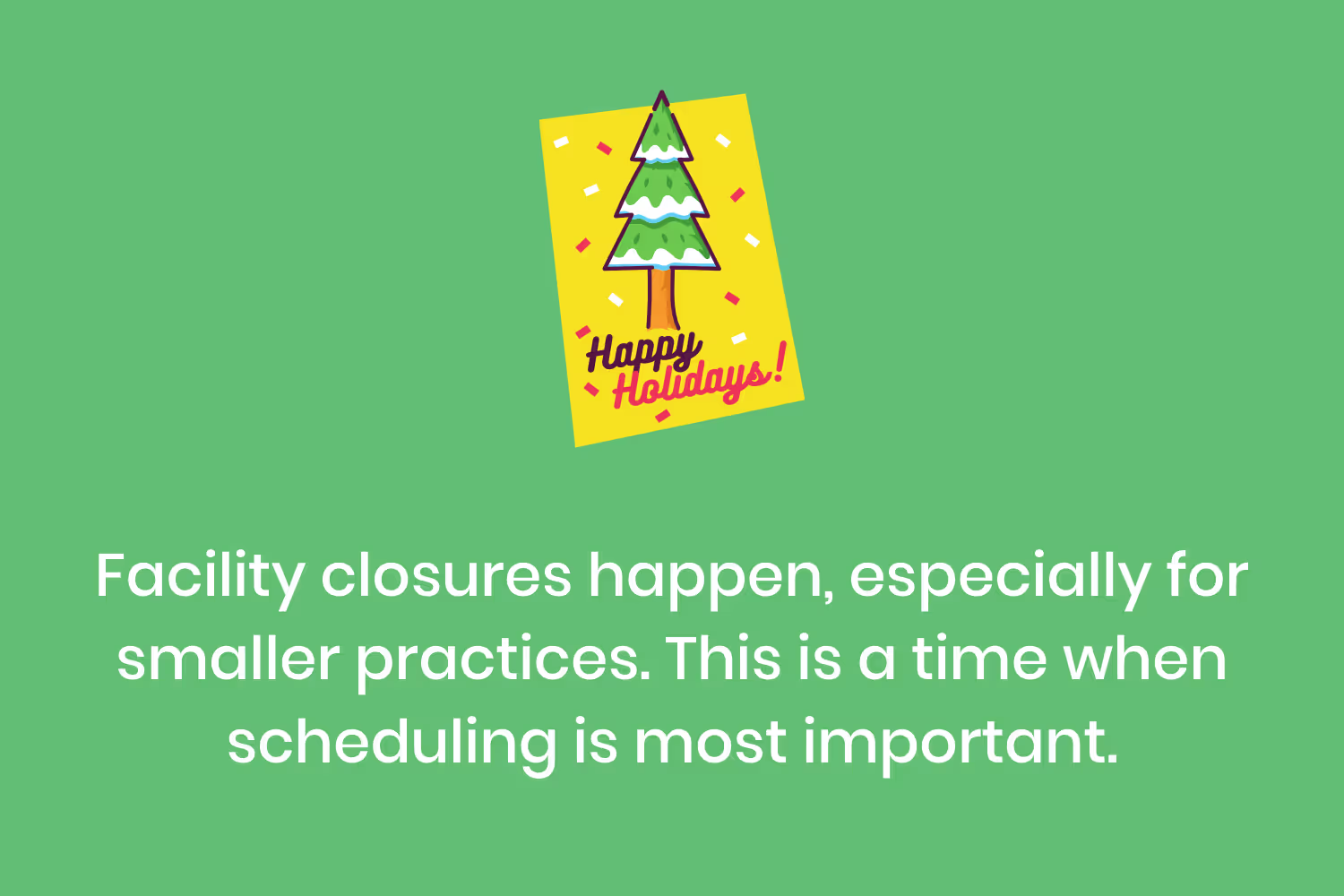
Again, this is where patient scheduling becomes important. Of course, the office will still need to fill in all of these patients to make up for lost appointment times. But if they can spread them out by need basis, they should. That way, those with the most pressing concerns can schedule their visits as soon as they can. But staggering out the appointments is still important so the office doesn’t get overwhelmed.
Supply and Demand
When facilities shut down either long term or permanently, their patients will need to switch practices to receive care. The fewer health practices there are, the more patients that the open places will see. Rural areas experience this, too. A majority of health professional shortage areas are rural, yet almost 20% of the US population lives in those areas.
When supply is low but demand is high, facilities will receive too many patients that they might not be able to handle at times. We know that overcrowded waiting rooms inevitably cause longer wait times. The staff won’t be able to keep up, and there will be unhappy customers.

Sure, if there aren’t many other practices nearby, these upset clients might not have the choice to switch. But instead, they might neglect to receive any care, which makes treating them more difficult if they come back later with more problems.
Some areas simply need more facilities. But for those that already exist, they need to stay updated with their processes to provide the most efficient care. And always having enough staff will ensure they can take care of all their patients.
Constant Change
The healthcare industry was worth $8.45 trillion in 2018 and continues to grow every year. In order to account for that grow, new technology and discoveries happen almost on a daily basis that may affect how practices function. There are so many advancements and modifications to boost efficiency in healthcare.
But with these exciting changes comes more training. While many of these technologies are to improve healthcare processes, it doesn’t do any good if the staff doesn’t know how to use them. They need to stay updated on how their systems work. Otherwise, they will get behind during patient visits.
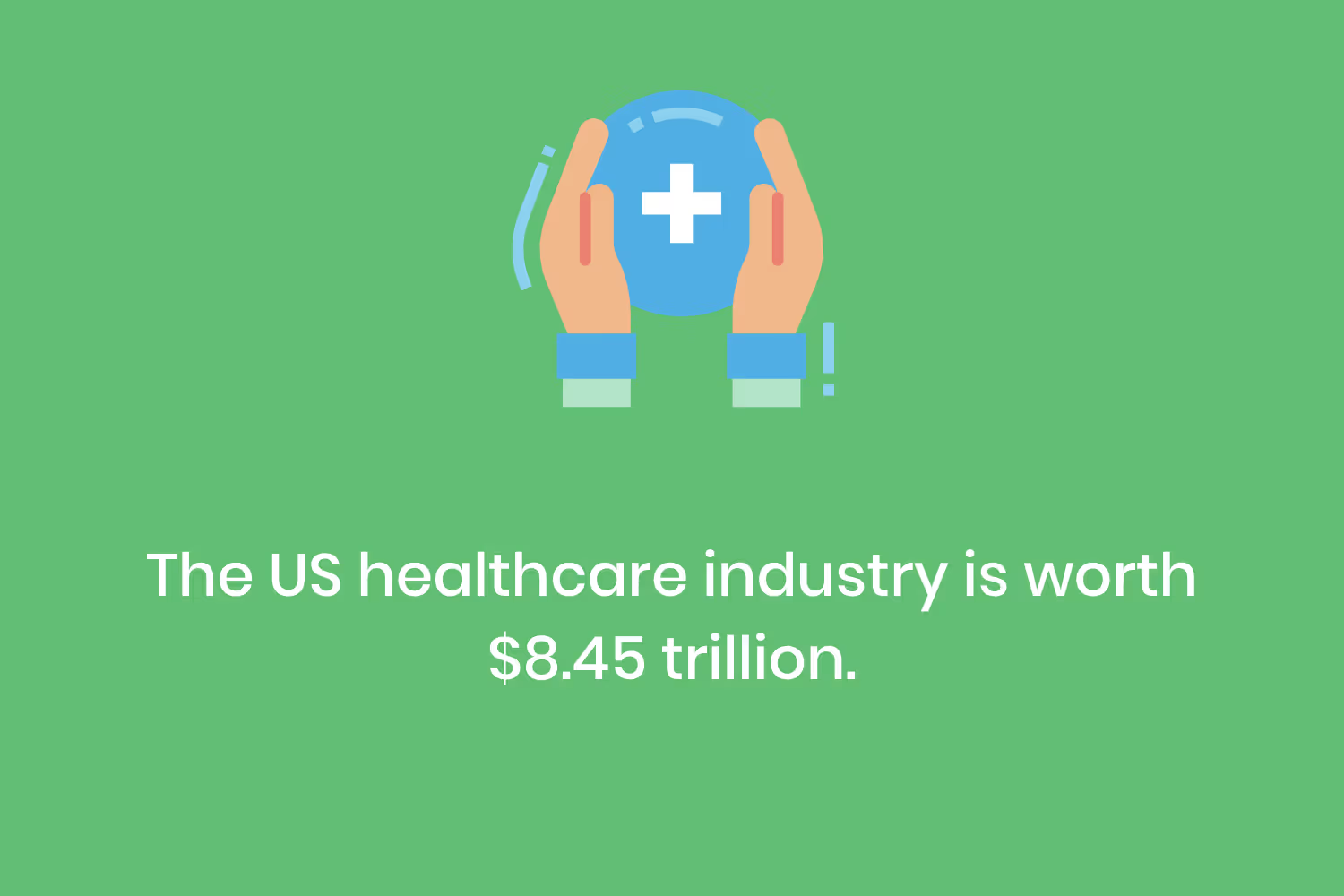
As there are more technologies around illnesses or conditions, there might be more steps involved in an appointment. For example, as people use smart devices to track their health, they might have more information to discuss with their doctor. When researchers develop more health screenings, appointments could also become longer.
One most recent change in the medic space that we’ve seen is around the COVID-19 pandemic. Staff now take visitors’ temperatures and may require a questionnaire to screen for symptoms. Surgery preparation takes longer because many facilities involve a COVID-19 test before surgery. These are a few examples of how this change has affected what would have otherwise been a normally scheduled appointment.
As anything changes at a practice, staff members need to evaluate the average time of a visit and adjust things as necessary. This way they don’t get backed up from relying on their old schedule if it isn’t feasible anymore.
Conclusion
It can be so frustrating to spend so much time in the waiting room at a healthcare practice. People like to see a doctor immediately so they can be on their way. But unfortunately, this isn’t how it works. It isn’t uncommon for patients to wait just as long as the time they spend with the doctor.
People might assume that the practice isn’t productive or that the staff doesn’t care if wait times are so long. Staff must recognize what causes these so they can fix and control these issues.
It’s also helpful for patients to understand how many factors contribute to waiting longer. That way they don’t simply assume that the practice doesn’t care and decide to switch. And if they know how they contribute to wait times, such as by showing up late or scheduling a visit during a busy time, they might be more understanding.
Emphasize your product's unique features or benefits to differentiate it from competitors
In nec dictum adipiscing pharetra enim etiam scelerisque dolor purus ipsum egestas cursus vulputate arcu egestas ut eu sed mollis consectetur mattis pharetra curabitur et maecenas in mattis fames consectetur ipsum quis risus mauris aliquam ornare nisl purus at ipsum nulla accumsan consectetur vestibulum suspendisse aliquam condimentum scelerisque lacinia pellentesque vestibulum condimentum turpis ligula pharetra dictum sapien facilisis sapien at sagittis et cursus congue.
- Pharetra curabitur et maecenas in mattis fames consectetur ipsum quis risus.
- Justo urna nisi auctor consequat consectetur dolor lectus blandit.
- Eget egestas volutpat lacinia vestibulum vitae mattis hendrerit.
- Ornare elit odio tellus orci bibendum dictum id sem congue enim amet diam.
Incorporate statistics or specific numbers to highlight the effectiveness or popularity of your offering
Convallis pellentesque ullamcorper sapien sed tristique fermentum proin amet quam tincidunt feugiat vitae neque quisque odio ut pellentesque ac mauris eget lectus. Pretium arcu turpis lacus sapien sit at eu sapien duis magna nunc nibh nam non ut nibh ultrices ultrices elementum egestas enim nisl sed cursus pellentesque sit dignissim enim euismod sit et convallis sed pelis viverra quam at nisl sit pharetra enim nisl nec vestibulum posuere in volutpat sed blandit neque risus.

Use time-sensitive language to encourage immediate action, such as "Limited Time Offer
Feugiat vitae neque quisque odio ut pellentesque ac mauris eget lectus. Pretium arcu turpis lacus sapien sit at eu sapien duis magna nunc nibh nam non ut nibh ultrices ultrices elementum egestas enim nisl sed cursus pellentesque sit dignissim enim euismod sit et convallis sed pelis viverra quam at nisl sit pharetra enim nisl nec vestibulum posuere in volutpat sed blandit neque risus.
- Pharetra curabitur et maecenas in mattis fames consectetur ipsum quis risus.
- Justo urna nisi auctor consequat consectetur dolor lectus blandit.
- Eget egestas volutpat lacinia vestibulum vitae mattis hendrerit.
- Ornare elit odio tellus orci bibendum dictum id sem congue enim amet diam.
Address customer pain points directly by showing how your product solves their problems
Feugiat vitae neque quisque odio ut pellentesque ac mauris eget lectus. Pretium arcu turpis lacus sapien sit at eu sapien duis magna nunc nibh nam non ut nibh ultrices ultrices elementum egestas enim nisl sed cursus pellentesque sit dignissim enim euismod sit et convallis sed pelis viverra quam at nisl sit pharetra enim nisl nec vestibulum posuere in volutpat sed blandit neque risus.
Vel etiam vel amet aenean eget in habitasse nunc duis tellus sem turpis risus aliquam ac volutpat tellus eu faucibus ullamcorper.
Tailor titles to your ideal customer segment using phrases like "Designed for Busy Professionals
Sed pretium id nibh id sit felis vitae volutpat volutpat adipiscing at sodales neque lectus mi phasellus commodo at elit suspendisse ornare faucibus lectus purus viverra in nec aliquet commodo et sed sed nisi tempor mi pellentesque arcu viverra pretium duis enim vulputate dignissim etiam ultrices vitae neque urna proin nibh diam turpis augue lacus.


.avif)

